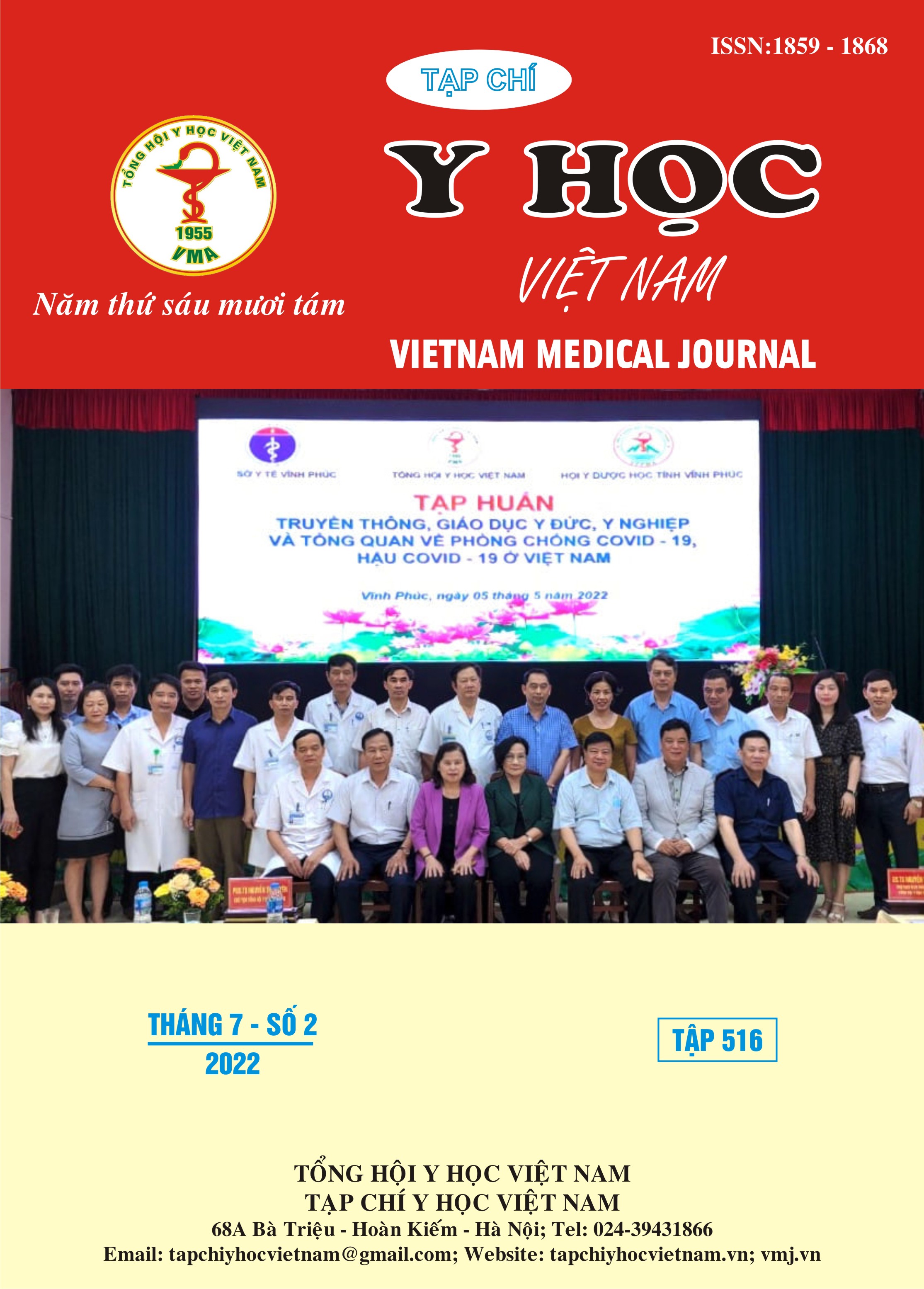EVALUATING THE EFFECTS OF HERBAL CUPPING THERAPY IN TREATING ACUTE BACK PAIN PATIENTS CATEGORIZED IN THE COLD AND DAMPNESS PATTERN
Main Article Content
Abstract
Objectives: 1. To evaluate the clinical effectiveness of herbal cupping therapy in treating patients with acute back pain categorized in the cold and dampness pattern. 2. To monitor the adverse effects of the therapy in clinical treatment. Subjects: 60 patients who was greater than or equal to 18 and years old, diagnosed with acute back pain categorized in the cold and dampness pattern, were divided into control group and study group. The two groups of patients were initially diagnosed with equivalent pain intensity on Visual Analog Scale (VAS) and similar lumbar spine mobility. The control group was treated with electroacupuncture while the experimental group was treated with herbal cupping therapy. Each treatment lasted for 10 days. Methods: This study was designed as a controlled intervenstions trial comparingbefore and after treatment comparisons. Results: After the treatmeant, higher effectiveness of herbal cupping therapy on the experimental group over control group at D5 with p < 0.05; better pain reduction measured on VAS, improvement of flexion range at D5, left and right lateral flexion at D10 with p < 0.05. Conclusion: The herbal cupping therapy effectively reduces pain and improves lumbar spine mobility for patients with acute back pain categorized in the cold and dampness pattern, there is no adverse effects identified in clinical
Article Details
Keywords
herbal cupping, acute back pain, cold and dampness pattern, electroacupuncture
References
2. Chou R, Qaseem A, Snow V et al; "Diagnosis and treatment of low back pain: a joint clinical practice guideline from the American College of Physicians and the American Pain Society"; Ann Intern Med 147 (7), 2007, p478–91.
3. Nguyễn Nhược Kim & Trần Quang Đạt (2008), Châm cứu và các phương pháp chữa bệnh không dùng thuốc, Nhà xuất bản Y học, Hà Nội, tr. 37; 77; 134; 136; 152; 158; 166 -174; 223-225.)
4. Trần Dũng và cộng sự (2020), Nghiên cứu cơ chế và liệu pháp giác hơi trên lâm sàng. Tạp chí Trung Y dược Thế giới, Trung Quốc, tr 1643-1650
5. Bộ Y tế (2020), Quyết định 5480/QĐ-BYT ngày 30 tháng 12 năm 2020, về việc ban hành tài liệu chuyên môn hướng dẫn quy trình kỹ thuật chuyên ngành Y học cổ truyền.
6. Bộ Y tế (2008), Quyết định 26/2008/QĐ-BYT ngày 22 tháng 07 năm 2008, về việc ban kỹ thuật chuyên ngành Y học cổ truyền.
7. Hội đồng dược điển Việt Nam và Bộ Y tế (2018), Dược điển Việt Nam Lần xuất bản thứ năm – Tập 2, Nhà xuất bản Y học Hà Nội.
8. Võ Văn Chi (1999), Từ điển cây thuốc Việt Nam, Nhà xuất bản Y học.


